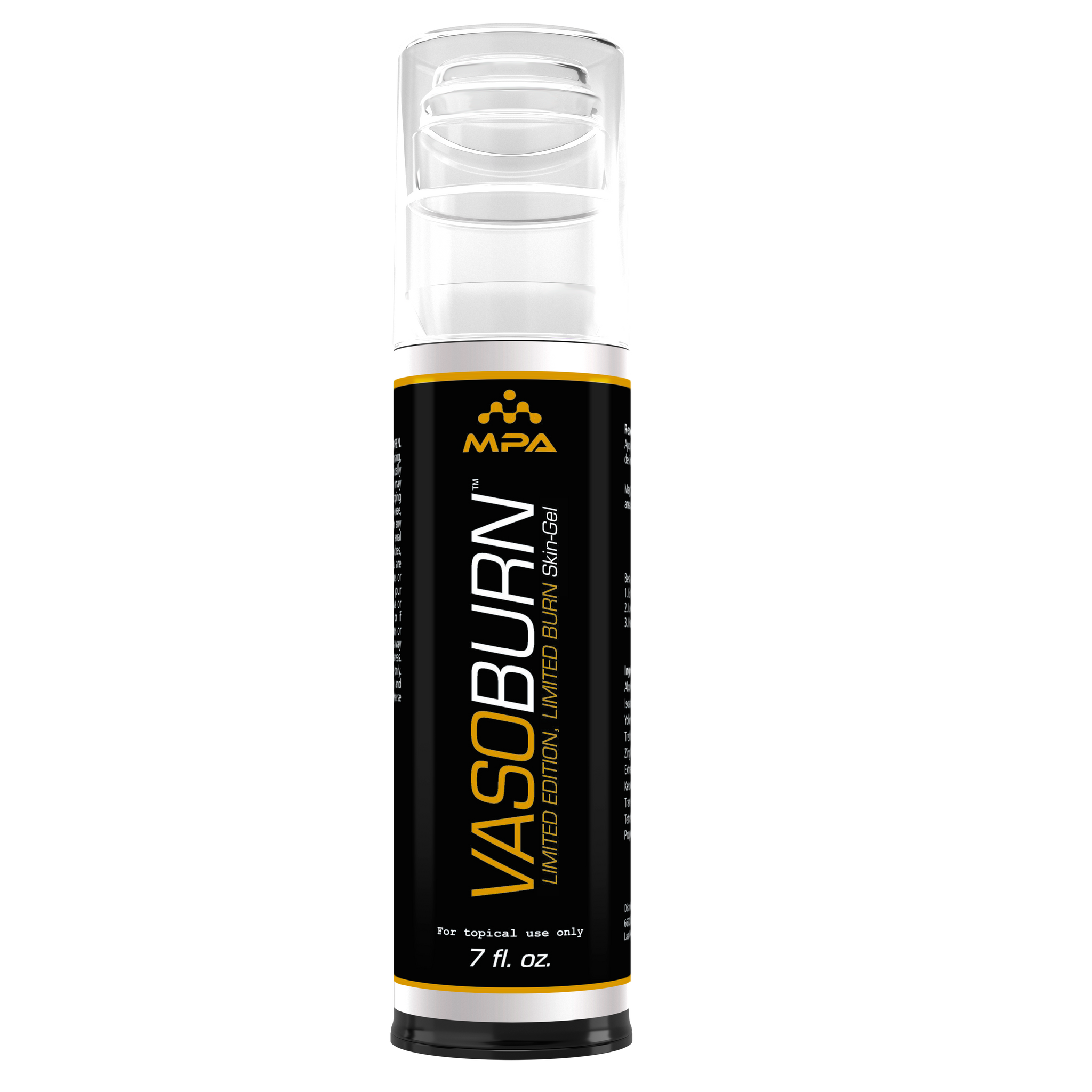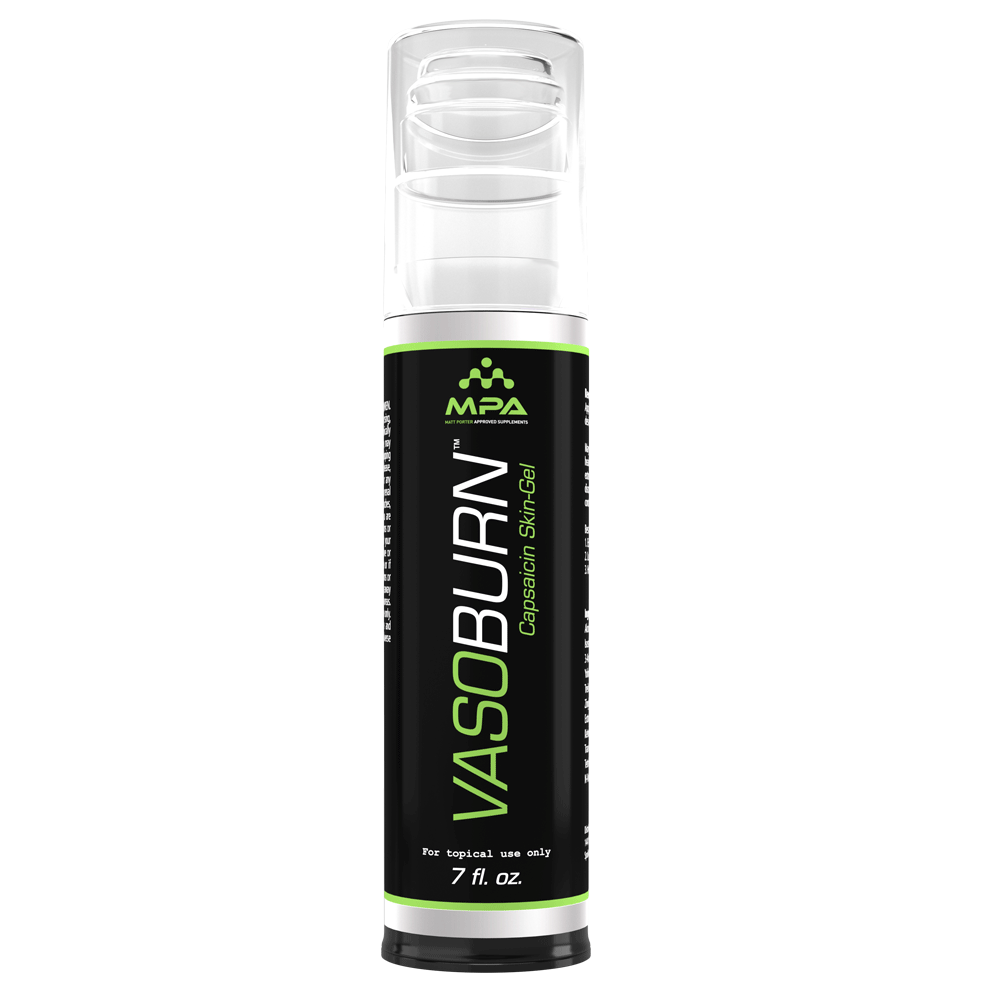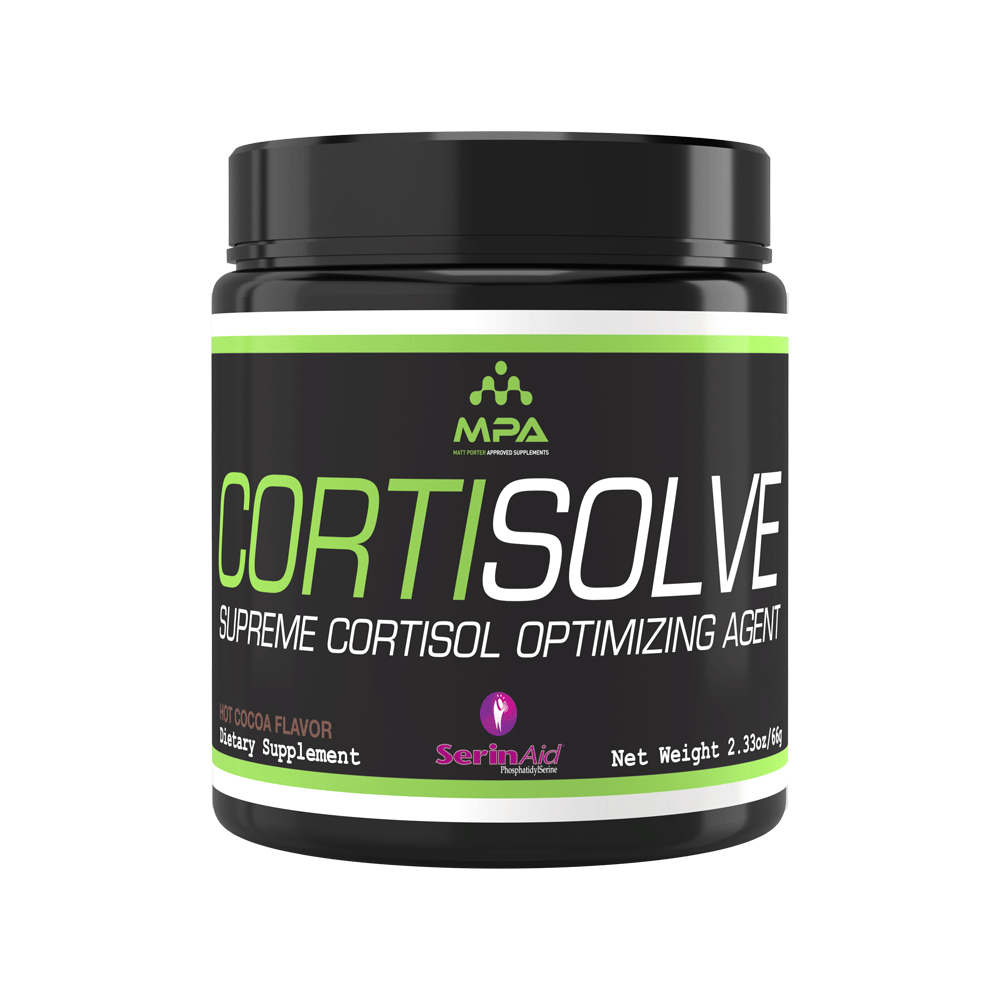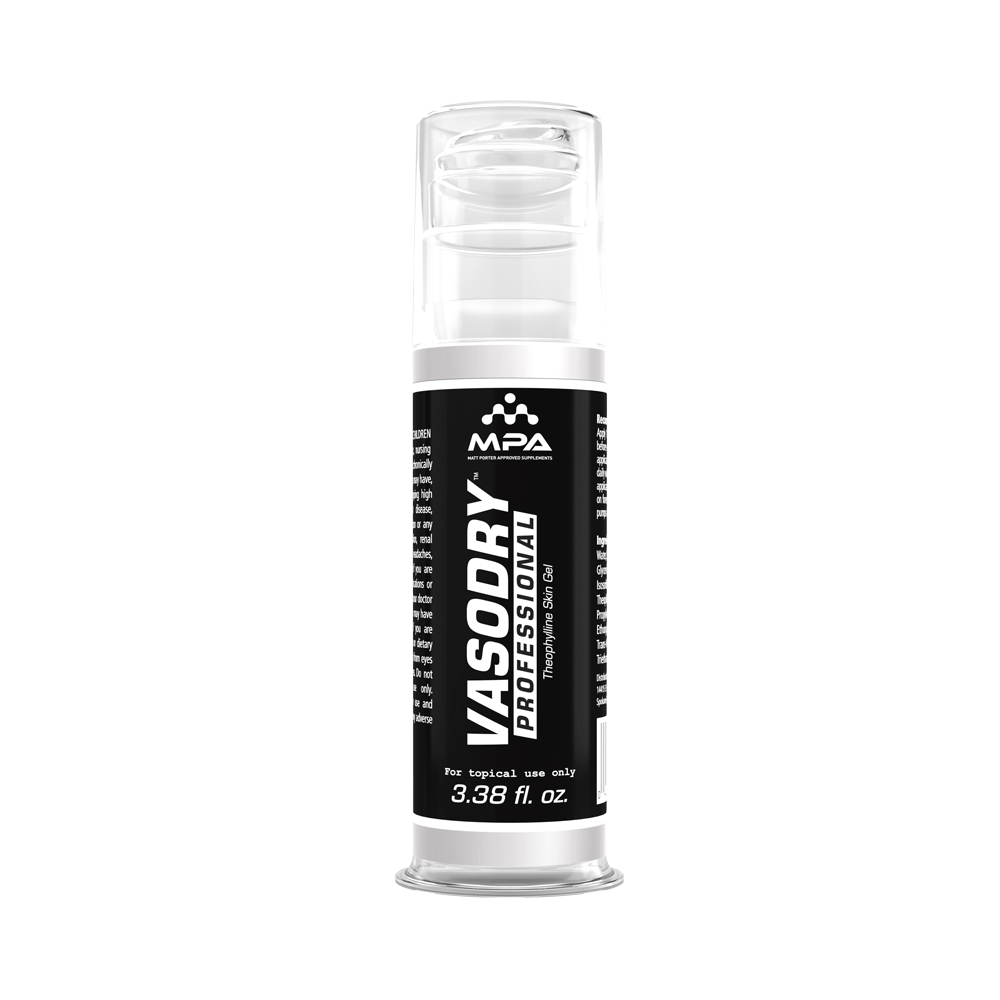Do you like your lower back fat?
How about lower abdominal fat, thigh fat and stubborn chest fat?
Why is that lower back (kidney area) fat so hard to peel off even when diet and exercise is maximized? The same thing could be said for the lower abdominal region, outer portion of the chest, not to mention, the hips and thighs.
You workout rigorously with weights 4-5 days a week. You perform cardiovascular training every day. You eat a low calorie diet ensuring you are in a caloric deficit. Yet certain areas of your body will not release body fat regardless of diet and exercise.
Why is this such a common scenario?
A few reasons why people will drop body fat from certain areas quickly and will fail to drop body fat from stubborn areas are:
- Natural defense mechanism to preserve body fat when calories dip too low
- High alpha-2 adrenergic receptors in stubborn fatty areas
- Poor blood flow in stubborn fatty areas
- Lack of PDE (phosphodiesterase) inhibition
The Dieter’s Worst Nightmare
When striving to achieve low body fat levels you must make sure your nutrition and training regimen is 100% consistent. As you come to that inevitable fat-loss plateau, you must make a decision -- INCREASE activity level or DECREASE food consumption or BOTH.
Unfortunately -- even after exhausting further caloric restriction and increasing energy expenditure --stubborn fat still remains. Only now you just catabolized ¾ inch from your biceps and also lost 1 inch on your quadriceps. These reduced measurements are a result of muscle loss, your worst nightmare. So how can you initiate fat-loss in such stubborn areas while preventing muscle loss?
-- Keep reading to find out..
Torch the Fat -- Save the Muscle with MPA #VasoBurn™
After months of consistent fat-loss based nutrition, and intense weight training, you have made awesome improvements in muscle definition. You feel “pretty good” about your progress. However, you still have that pesky film of fat that resides in the corners of your lower back region and very bottom of your abdominals blurring that would-be 6-pack.
This is the stage where MPA #VasoBurn™ comes to save your muscles and your sanity.
MPA VasoBurn will resolve this common dilemma by:
- Infusing Alpha-2 enriched areas with Yohimbine HCL -- which antagonizes (blocks) A2 adrenergic receptors so the receptors can release norepinephrine (NE) and cause lipolysis.
- Increase blood flow to fatty areas with Tetrahydropiperine (CosmoPerine) , Gingerols, Raspberry Ketones & Cinnamaldehyde.
- Inhibit phosphodiesterase (PDE 4,7,8) with Theophylline → which conserves cAMP → which phosphorylates HSL (Hormone Sensitive Lipase) → causing fatty acid oxidation. This means you have free fatty acids in the blood stream ready to be used as energy. (2,5)
For simplicity sake --- all of the above means one thing --- MPA #VasoBurn™ will be the ‘plateau breaker’ when striving to get that last bit of stubborn body fat off.
-The powerful ingredients in MPA VasoBurn will help release stubborn fat into the bloodstream to be used as energy.
MPA VasoBurn is Enhanced with Tetrahydropiperine (THP)
THP is a parent compound to ‘piperine’ and is used as a transdermal bioavailability enhancer . THP increases the absorption and bioavailability of nutrients through the dermal and epidermal barrier of the skin.
If you are familiar with ‘piperine’ (black pepper), it has been used as an oral nutrient absorption enhancer in numerous human and animal studies. Its parent alkaloid ‘THP’ has a lower melting point (41-42°C), which is more appropriate for topical application, thus making it the perfect fit for MPA VasoBurn.
Why Choose MPA VasoBurn over Similar Topical Fat-Loss Products?
most common misconceptions regarding topical fat-loss products:
- Topical fat-loss products are messy and inconvenient
- Topical fat-loss products are uncomfortable and bothersome
- Topical fat-loss products are ineffective and not proven
- Topical fat-loss products do not smell pleasant
- Topical fat-loss products do not work for extremely overweight people
MPA VasoBurn was precisely designed to rectify the common complaints and misconceptions outlined above.











